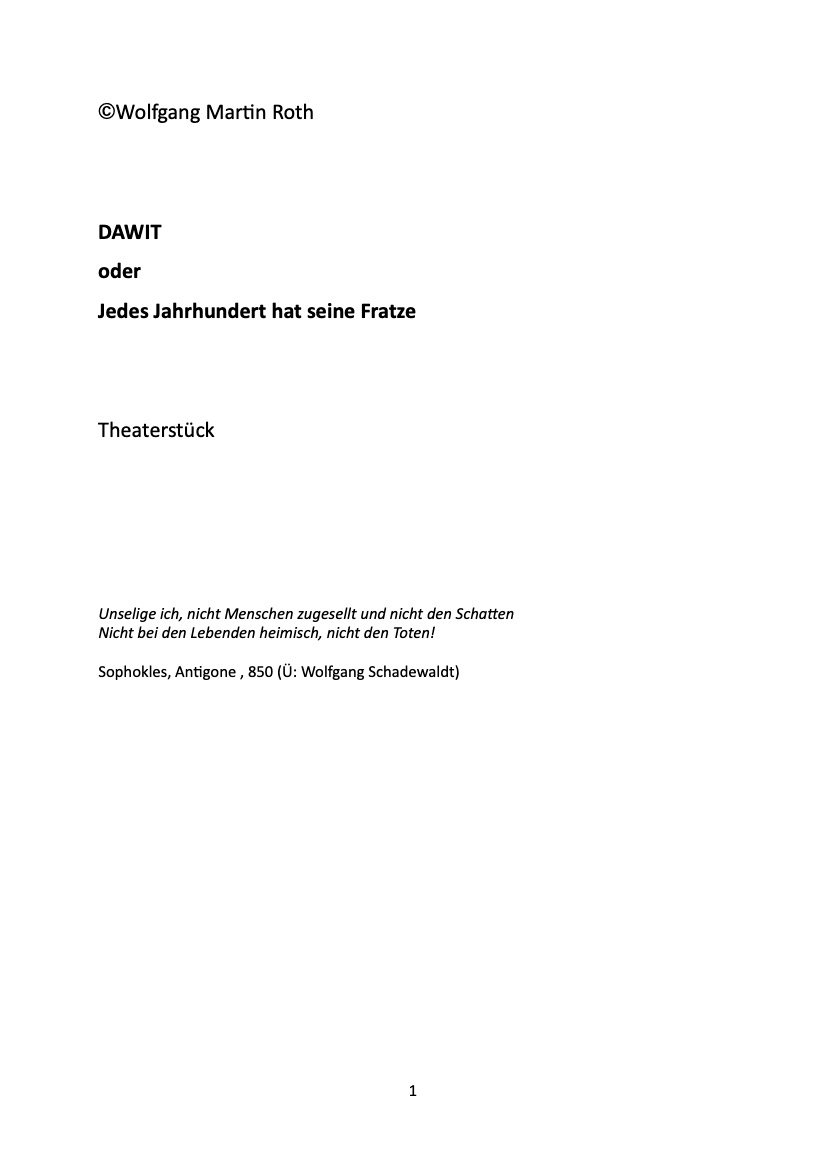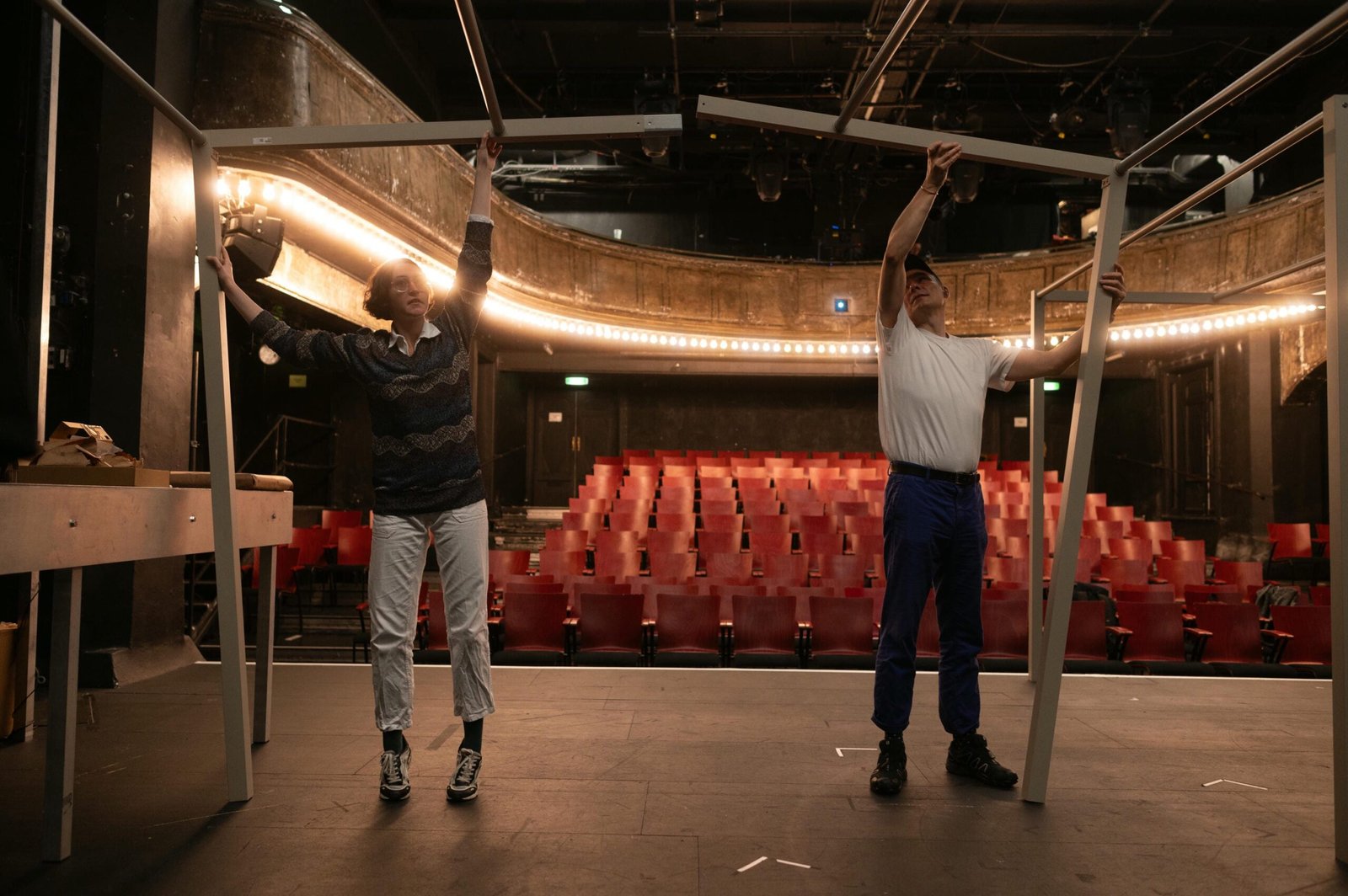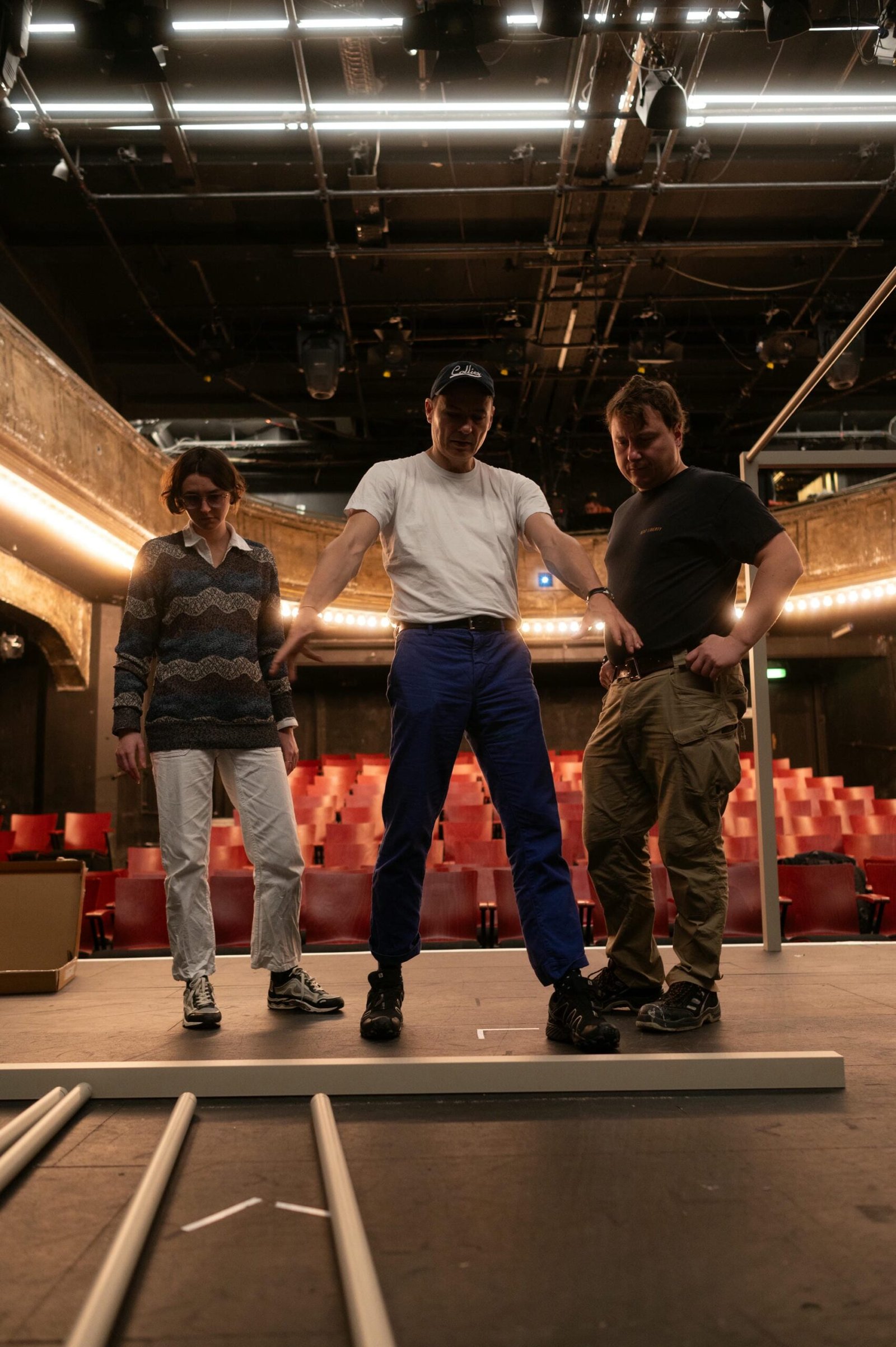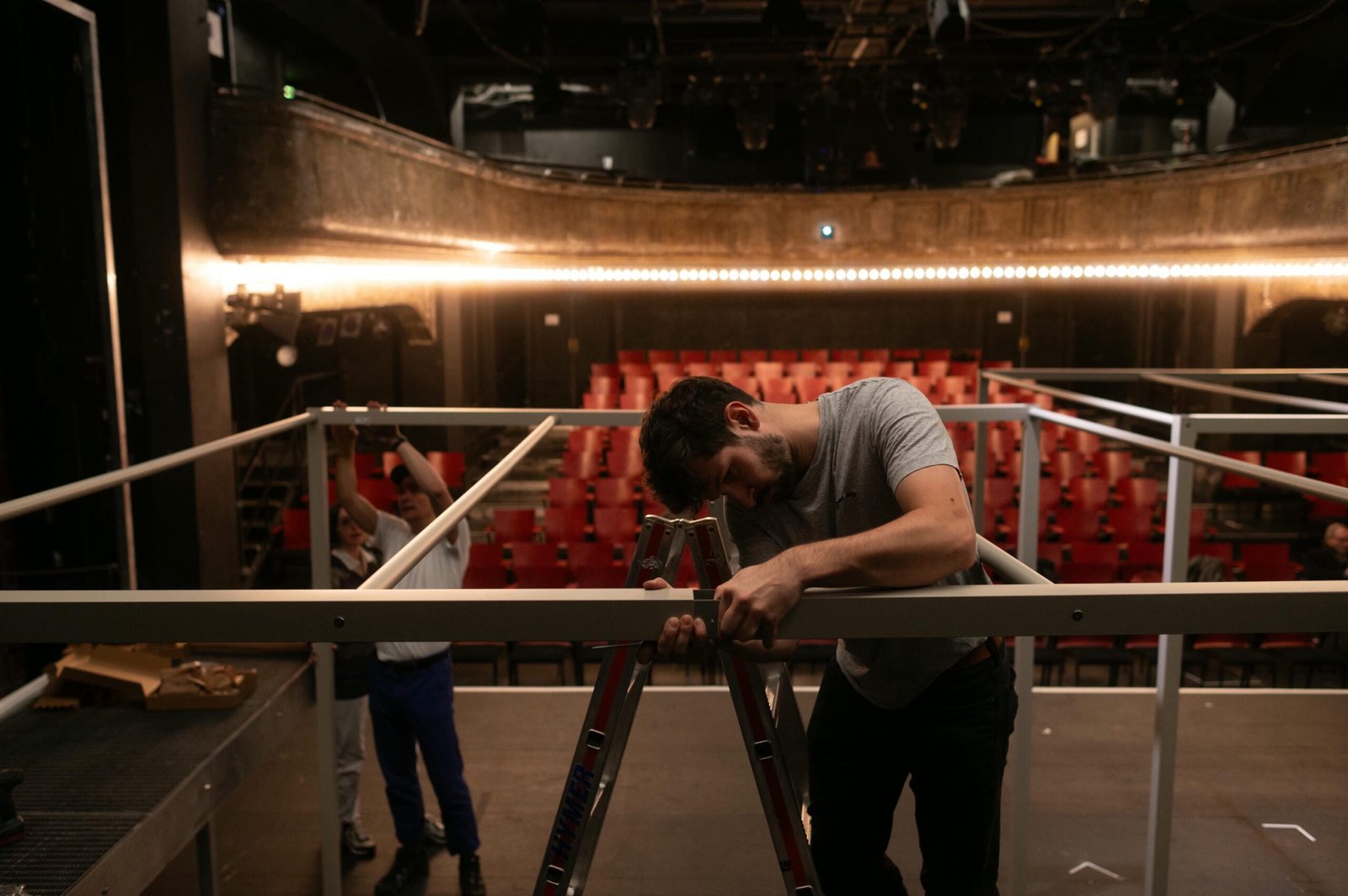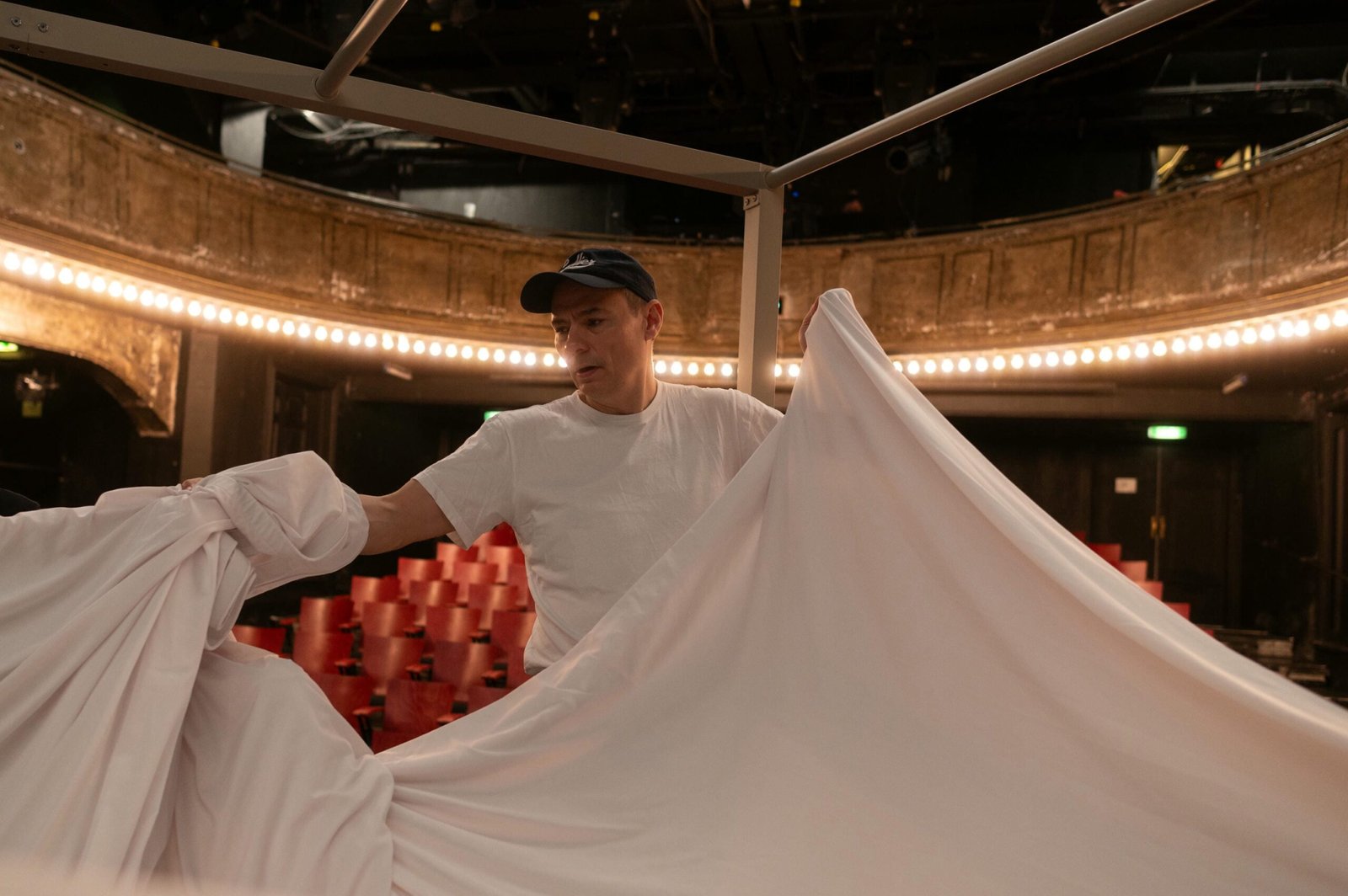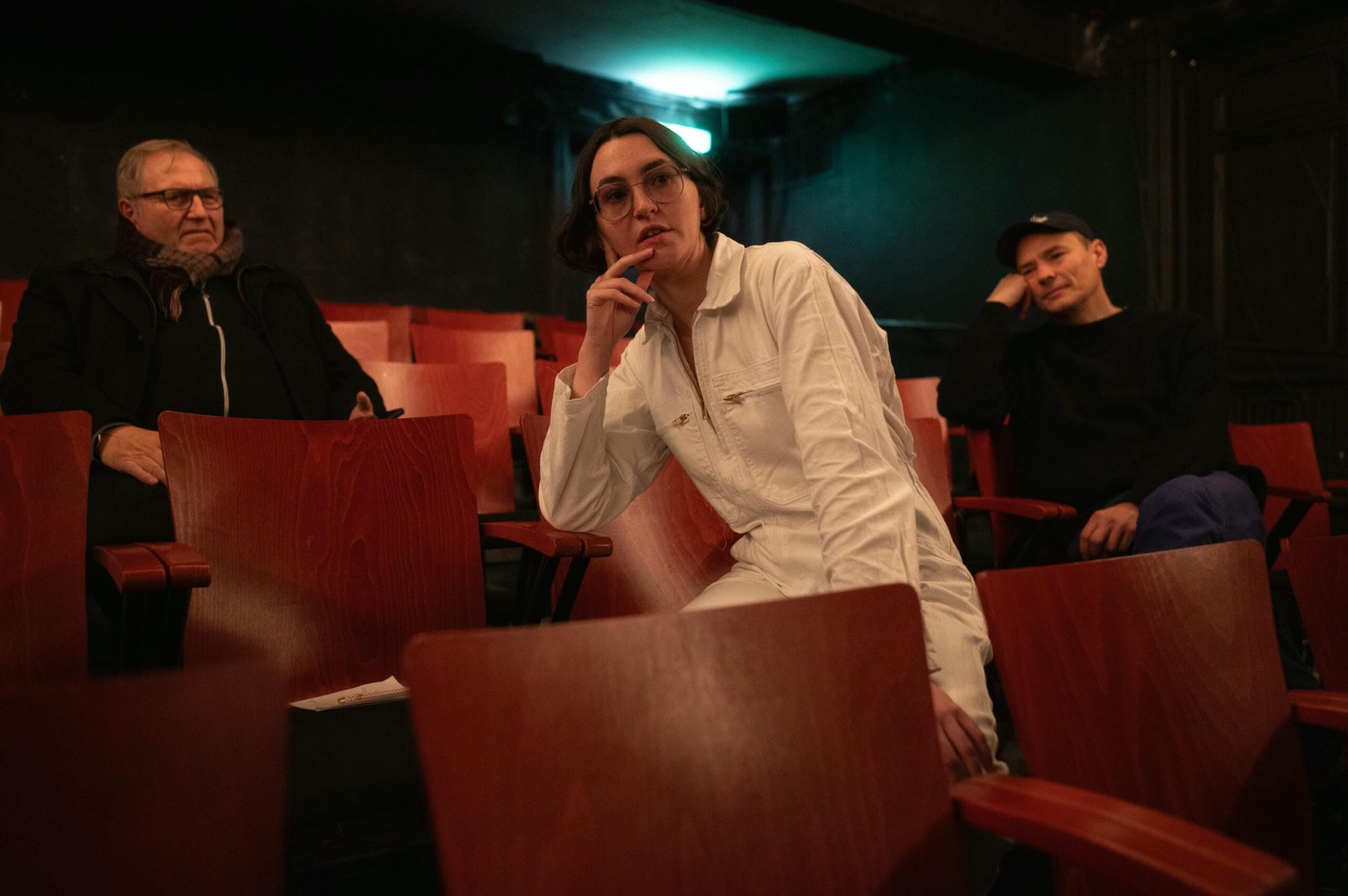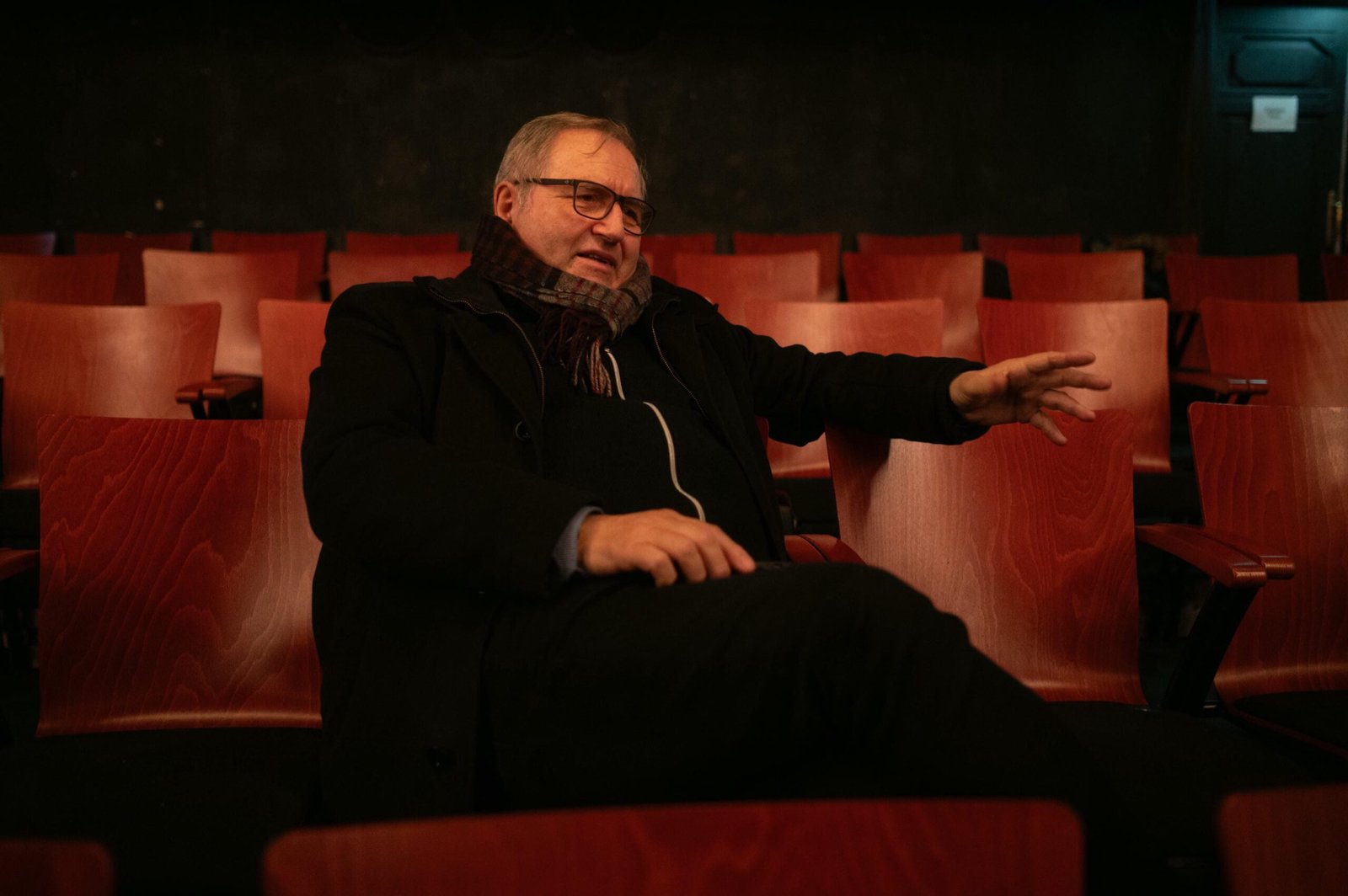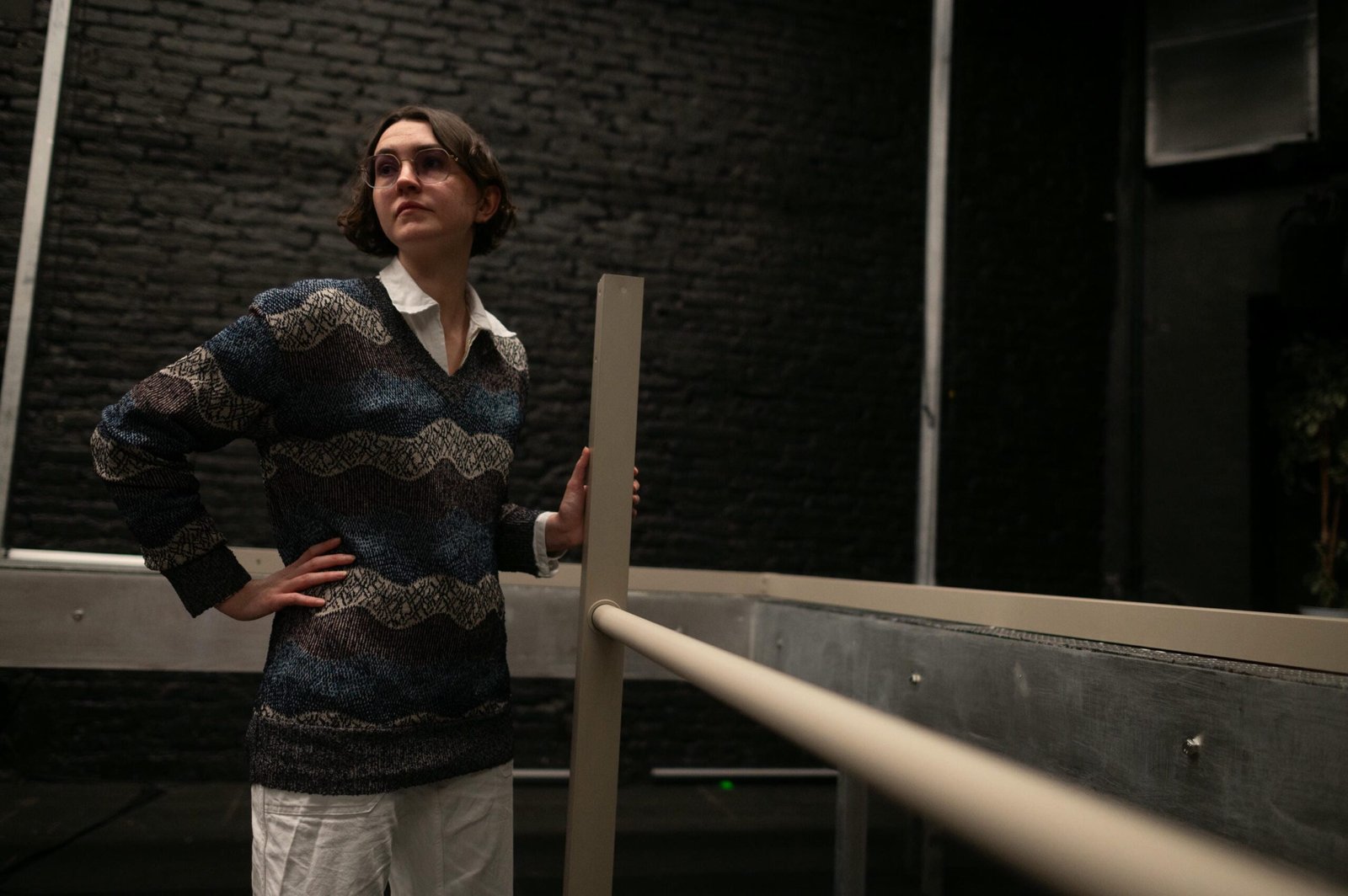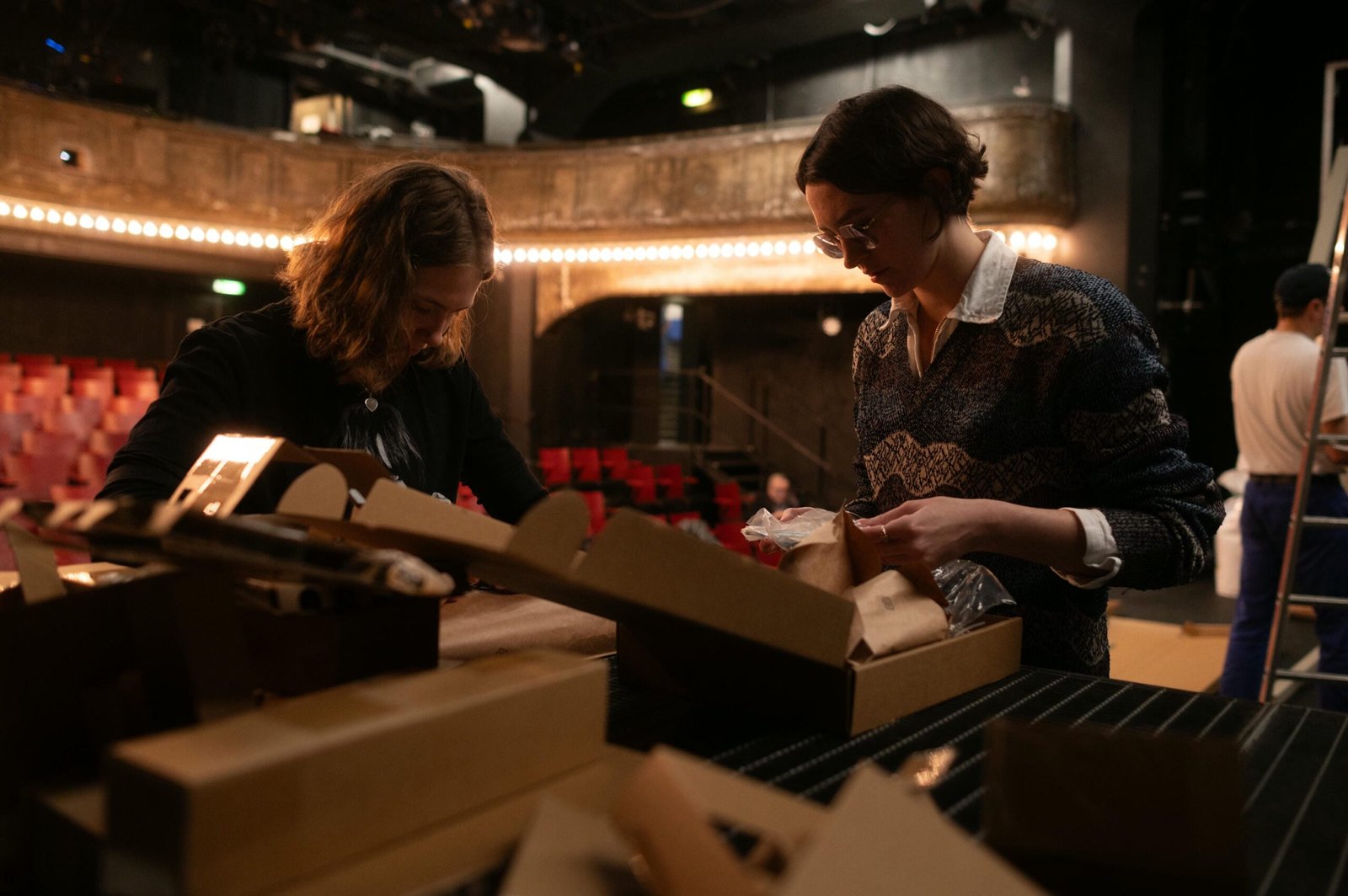Anlässlich des Tages der Menschenrechte
Zu Gast im Schauspielhaus Wien
am 10. Dezember 2024, 19:30 Uhr
Der schwedisch-eritreische Journalist, Dramatiker und Schriftsteller Dawit Isaak ist seit 23 Jahren ohne Gerichtsverfahren und Kontakt zur Außenwelt in Eritrea inhaftiert, vermutlich in einem Container.
Sein Name ist eine Metapher für Einschränkung der Pressfreiheit und massivste Verletzung von Menschenrechten. Dawit Isaak ist ein Symbol für den Kampf um Pressefreiheit geworden.
Roth lässt uns in seinem Monolog Dawits teilhaben an dessen Ängsten, Sehnsüchten, Zweifeln, Hunger nach Leben, Heimweh und dessen Hoffen nach Normalität. Dawit ist gefangen in einem Höllenkreis quälender Gedanken. Sprachlich gelingt Roth das in einem furiosen, gefühlsmäandernden Text. Dabei nutzt er die Mittel der Reportage und des surrealen (Schein-)Dialoges und greift auf Astrid Lindgrens wunderbares Gedicht WÄRE ICH GOTT als Mantra zurück, um dem Schicksal Dawits beizukommen.
Autor und Veranstalter: Wolfgang Martin Roth
Regie: Luzie Kurth
Hörspiel-Regie: Leonhard Koppelmann
Hörspiel-Sprecher: Tesfai Berhane,
Geburtsland Eritrea. Aufgewachsen im Exil in Deutschland.
Performer: André Kendall
Leser:innen: Awet Fissahaye, Marlene Roth-Greussing,
Karen Leeder, Reinhart Hosch, Björn Tunbeck
Bildgestaltung: Lars Borges
Dokumentation: Simon Graf
Lektor des Textes: Boris Motzki
Projektleitung: Andrea Graf
Premiere: 10.12.2024, Schauspielhaus Wien
Aufführungsdauer: 1 Stunde 30 Minuten, keine Pause
On the occasion of Human Rights Day
Guest performance at the Schauspielhaus Vienna
on 10/12/2024 at 7:30pm
The Swedish-Eritrean journalist, playwright and author Dawit Isaak has been imprisoned in Eritrea for 23 years without trial or contact with the outside world, presumably in a container.
His name is a metaphor for the restriction of press freedom and the most massive violation of human rights. Dawit Isaak has become a symbol of the fight for press freedom.
In his monologue, Roth lets us participate in Dawit's fears, longings, doubts, hunger for life, homesickness and his hopes for normality. Dawit is trapped in a hellish circle of tormenting thoughts. Roth achieves this linguistically in a furious, emotionally meandering text. He uses the means of reportage and surreal (illusory) dialog and draws on Astrid Lindgren's wonderful poem WÄRE ICH GOTT as a mantra to get to grips with Dawit's fate.
Author and organizer: Wolfgang Martin Roth
Director: Luzie Kurth
Radio play director: Leonhard Koppelmann
Radio play narrator: Tesfai Berhane,
Country of birth Eritrea. Grew up in exile in Germany.
Performer: André Kendall
Readers: Awet Fissahaye, Marlene Roth-Greussing,
Karen Leeder, Reinhart Hosch, Björn Tunbeck
DoP: Lars Borges
Documentation: Simon Graf
Text editor: Boris Motzki
Project management: Andrea Graf
Premiere: 10/12/2024, Schauspielhaus Vienna
Duration of performance: 1 hour 30 minutes, no break
Zur Inszenierung
Wie lässt sich die Abwesenheit eines Menschen auf der Bühne umsetzen?
Diese Inszenierung verzichtet bewusst auf die physische Präsenz eines Schauspielers. Stattdessen findet der innere Monolog des Theaterstücks seinen Ausdruck in einer Hörspielproduktion von Leonhard Koppelmann, die mit gedämpfter Stimme aus dem Container erklingt. Die filmische Inszenierung und der Bühnenentwurf stammen von der Regisseurin Luzie Kurth, die in enger Zusammenarbeit mit dem Kameramann und Fotografen Lars Borges eine rhythmische und atmosphärische Inszenierung geschaffen hat. Im Fokus steht dabei die Auseinandersetzung mit der Leerstelle – dem spürbaren Raum des Abwesenden.
About the production
How can the absence of a human being be brought to life on stage?
This production deliberately dispenses with the physical presence of an actor. Instead, the inner monologue of the play is expressed through a radio drama by Leonhard Koppelmann, whose muffled voice emanates from within the container. The cinematic staging and set design are the work of director Luzie Kurth, who collaborated closely with cinematographer and photographer Lars Borges to create a rhythmic and atmospheric production. At its core is an exploration of absence—the tangible space of what is no longer there.
Behind the Scenes - Production
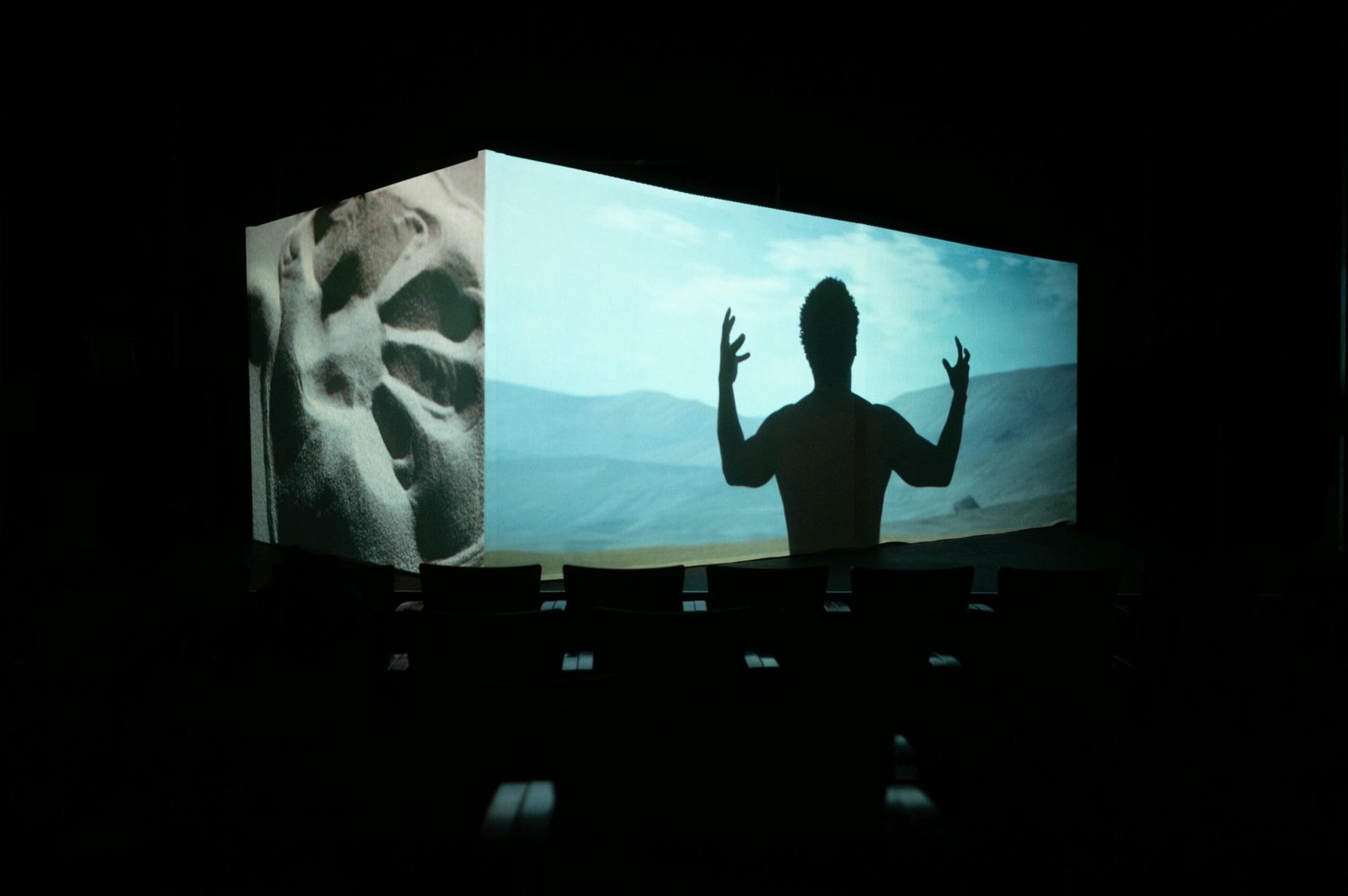
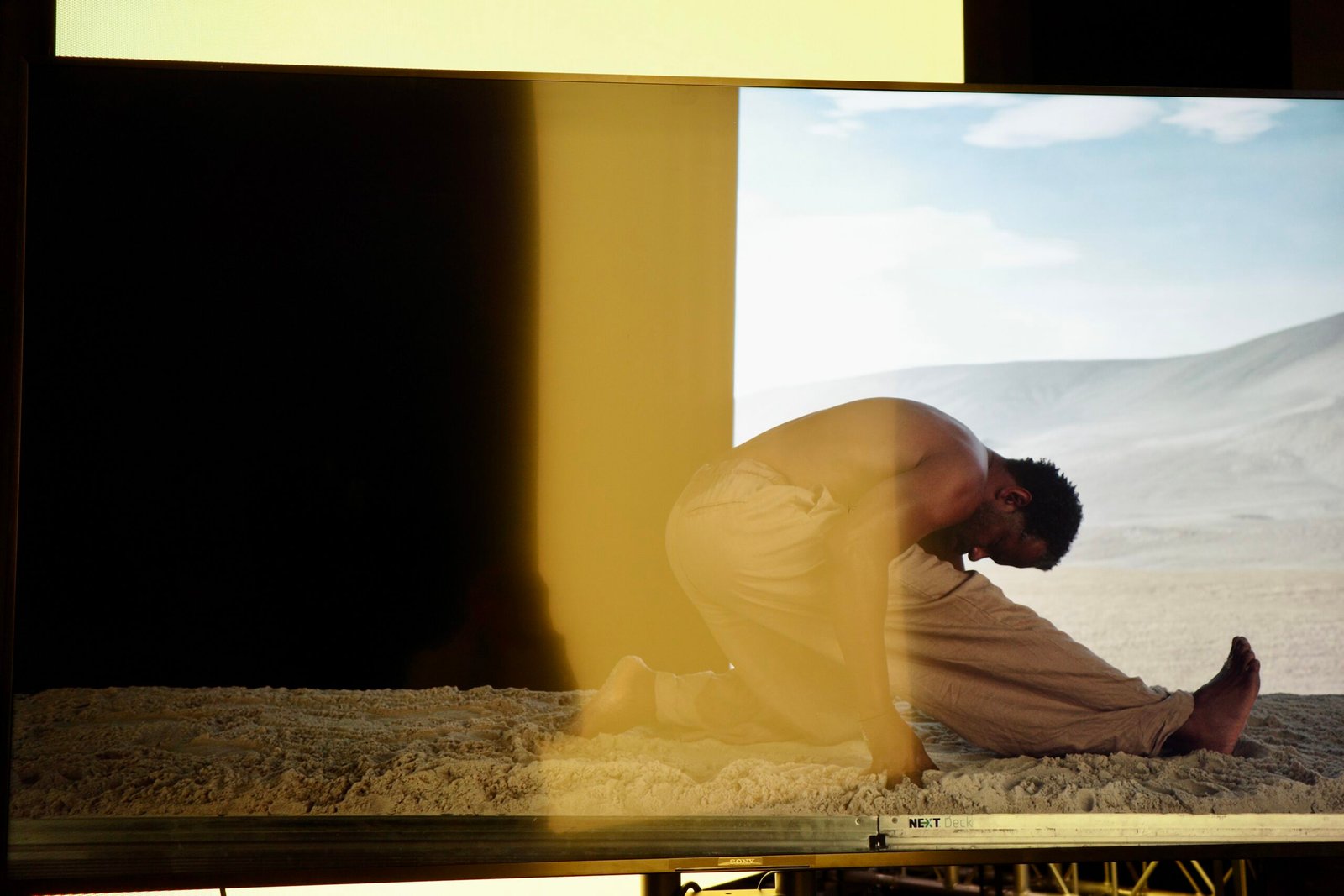
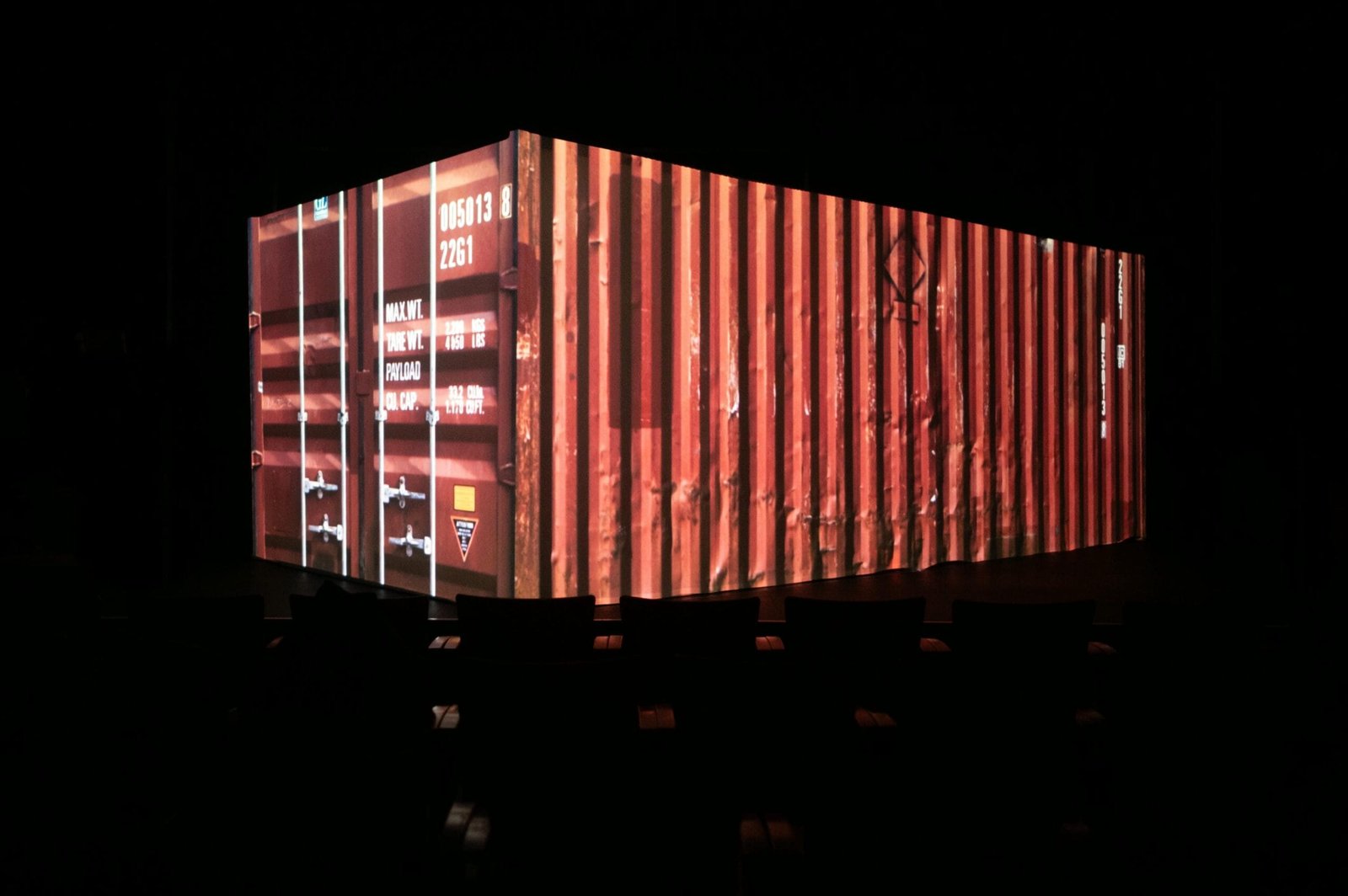
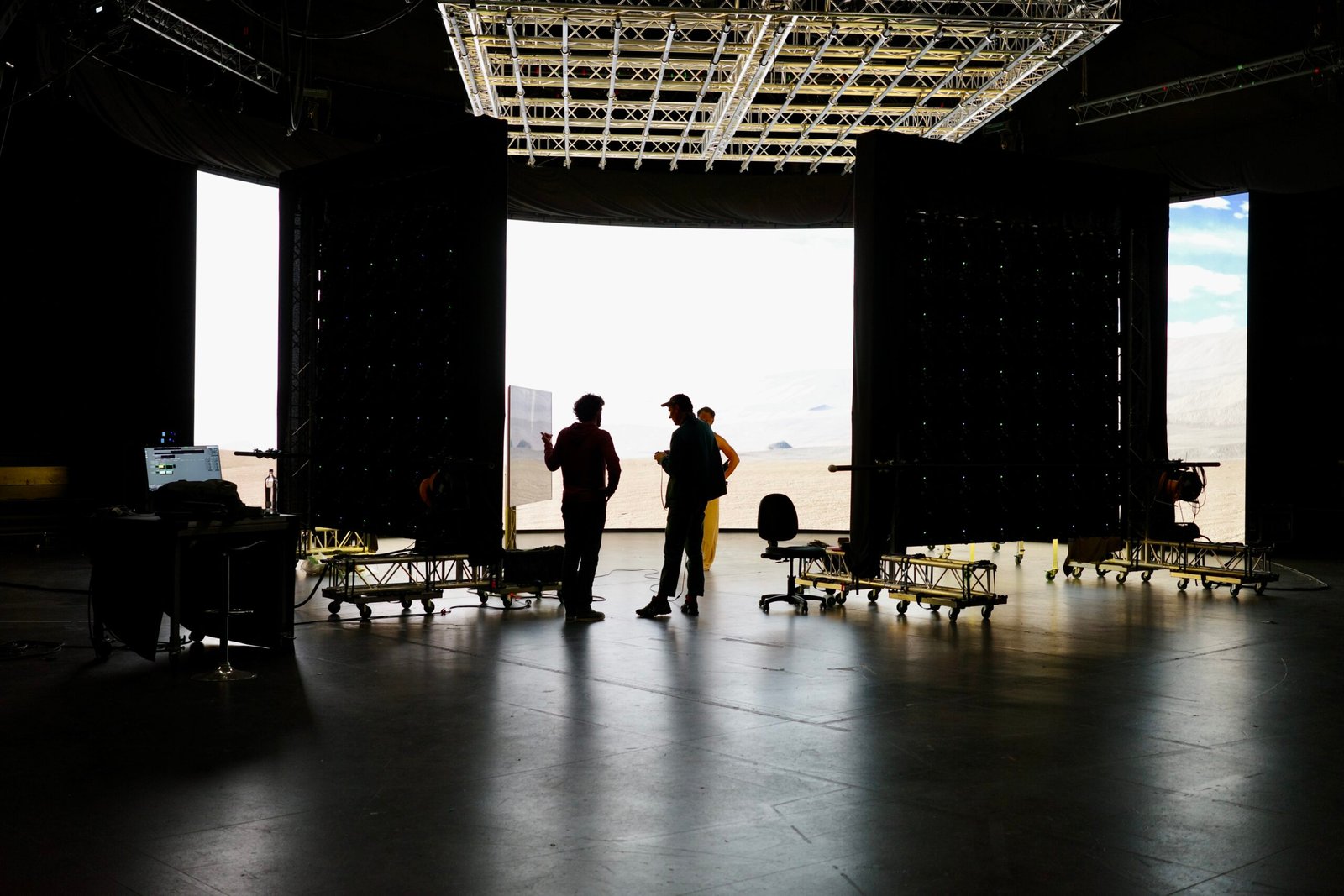
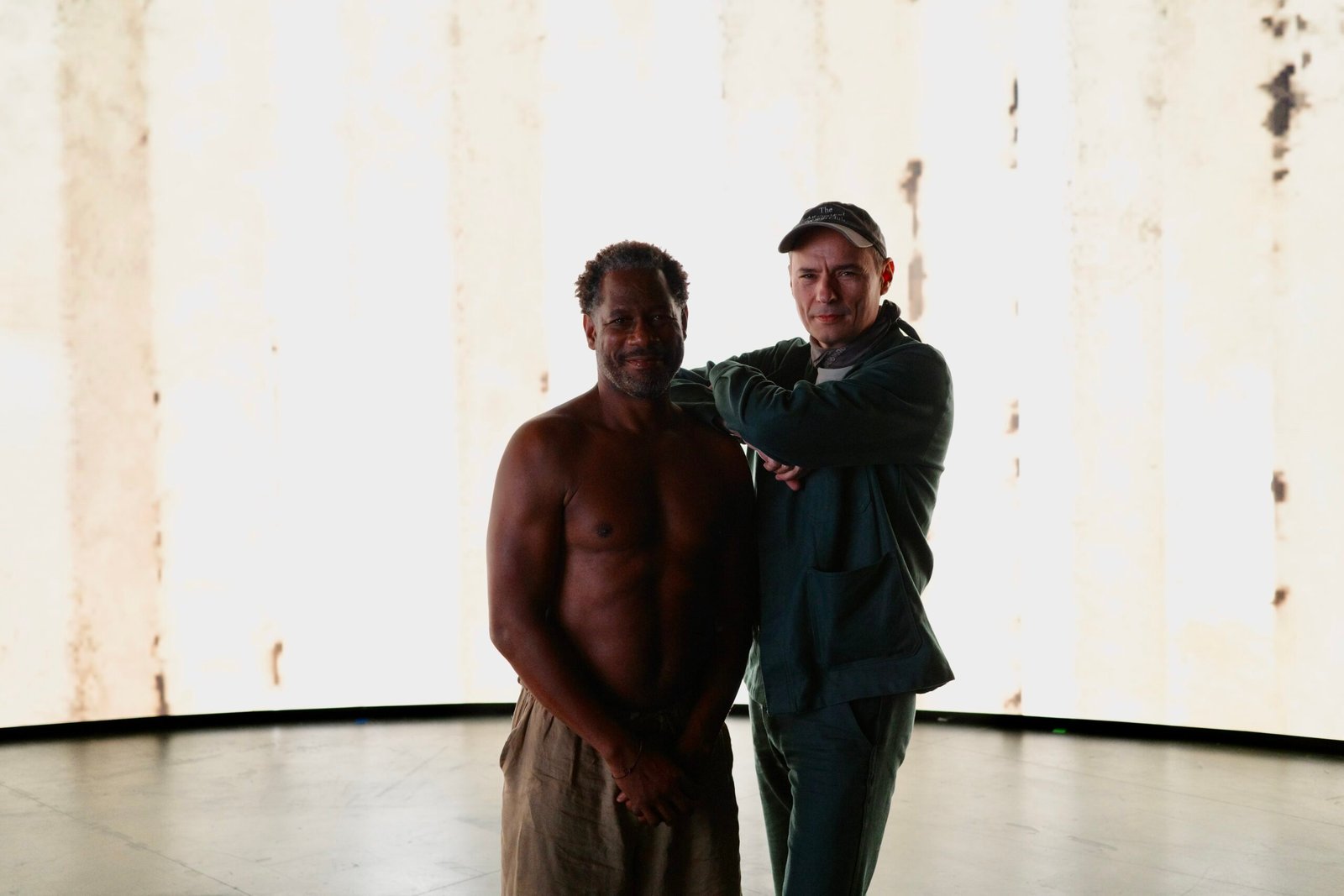
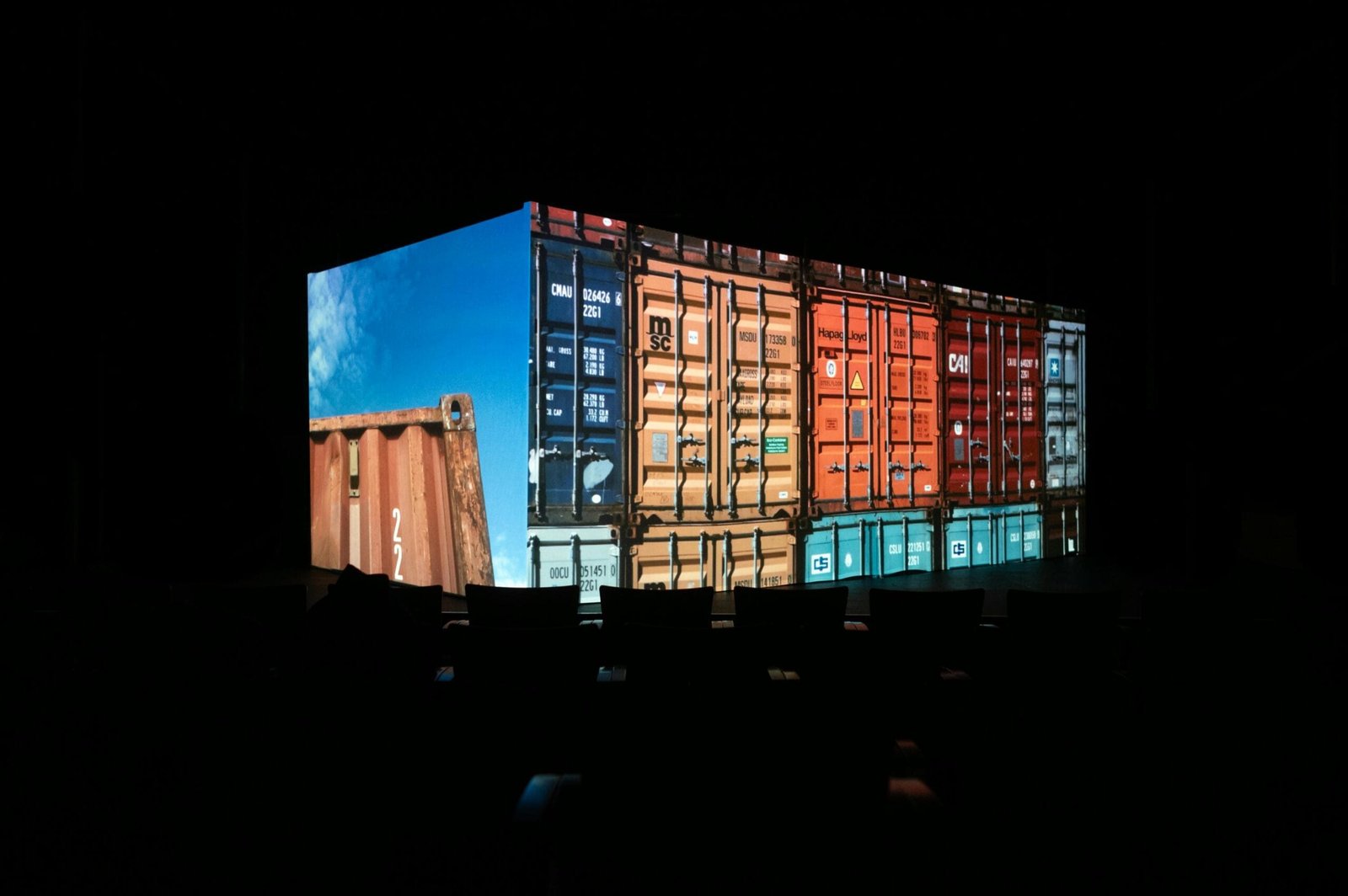
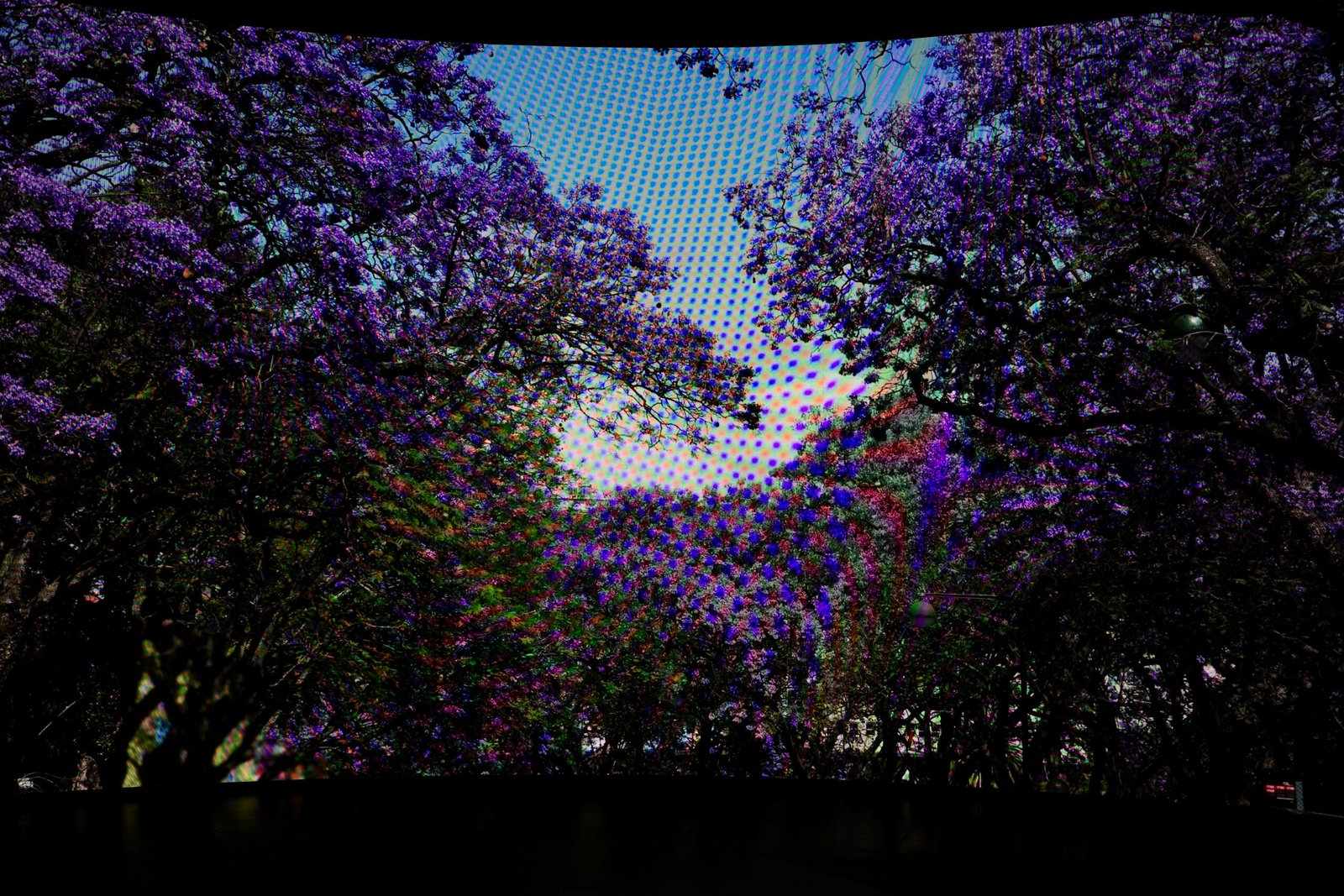
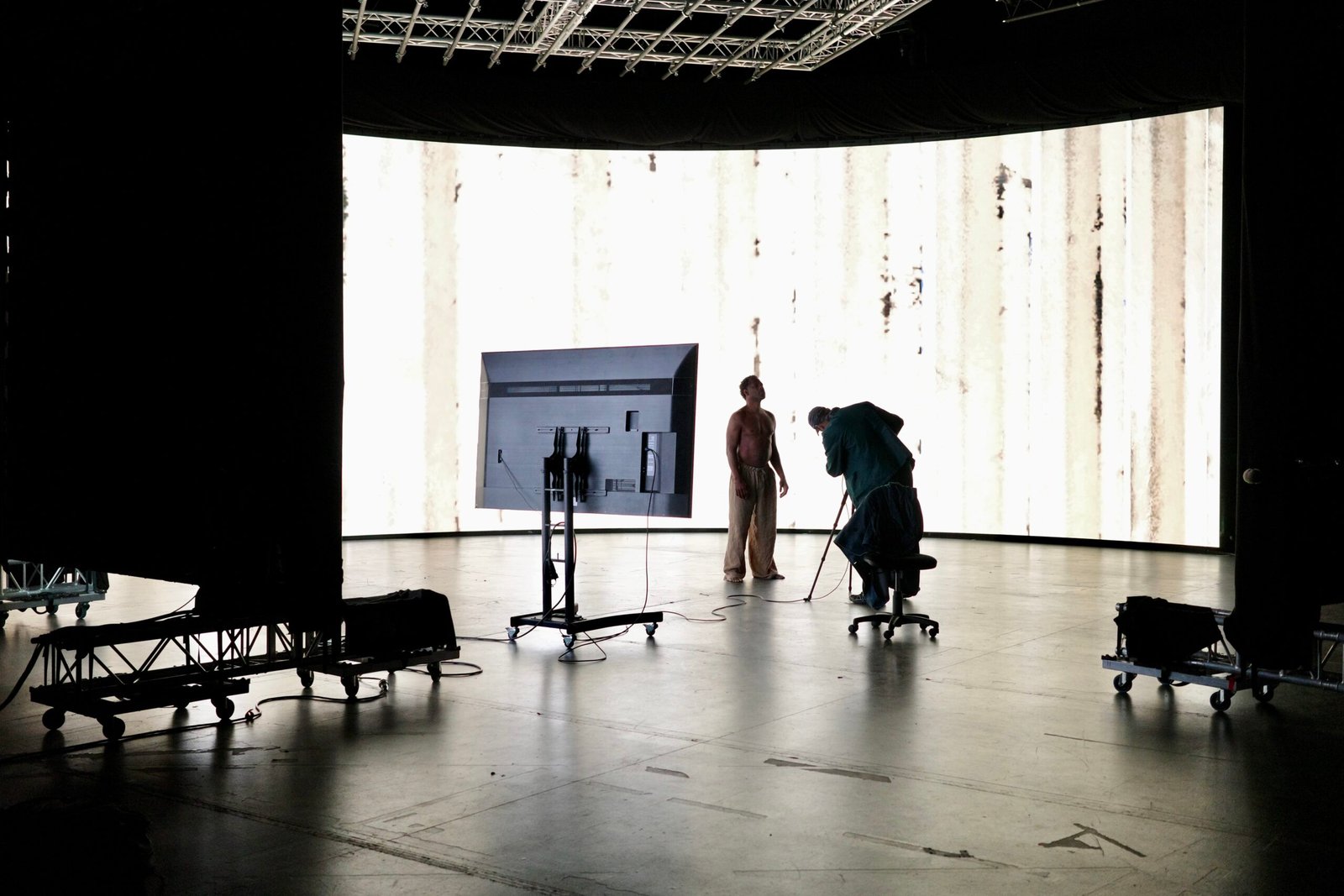
Texte/ Texts
